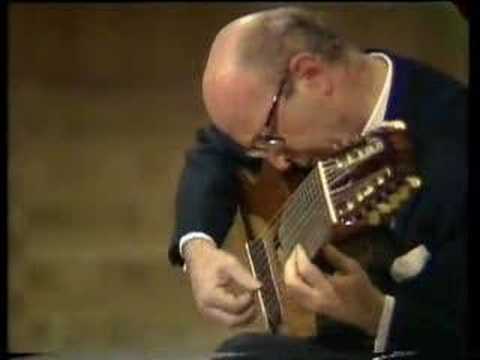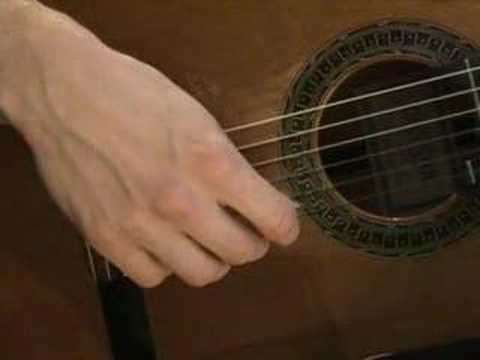Cracking the code has indeed helped me advancing in my journey as Classical Guitar player.
I was studying in a conservatory and all with an awesome professor, but due to political problems I couldn’t end my formation there.
Now, there are some interesting points worth mentioning, when it comes to classical guitar I do talk a lot about string crossing. There are two “main categories”:
*Positive string crossing
For example, using “middle” to play the 1st string (E) and then “index” to play the 2nd string (B) feels quite natural, sot that is positive string crossing.
Now, using “index” to play the 1st string E and “middle” to play the 2nd string (B) is not as natural, so we call it negative string crossing—it feels rather awkward.
Most professors recommend mastering both. Me personally, avoid using negative string crossings as much as possible.
And here is when you can get actually creative on the classical guitar, when stablishing your fingerings (as for right and left hand).
Classical guitar requires an incredible amount of creativity for solving technical difficulties:
-
Left-hand displacements from one position of the fretboard to another
-
to slur or not to slur
-
where to play one note
-
guide finguers
-
anticipating right hand fingers and even left hand fingers
-
playing legato or staccato
And the list goes on and on.
By applying what I learnt here at CtC, I’ve become aware 1000x of string crossings and the efficiency of motion. I’ve also learnt to slow down videos and copy technical solutions.
But mostly I’ve learnt that we all are unique and even though in the classical guitar, we play many times the same music, everyone has got a different approach to it!

 So you could do that.
So you could do that.



